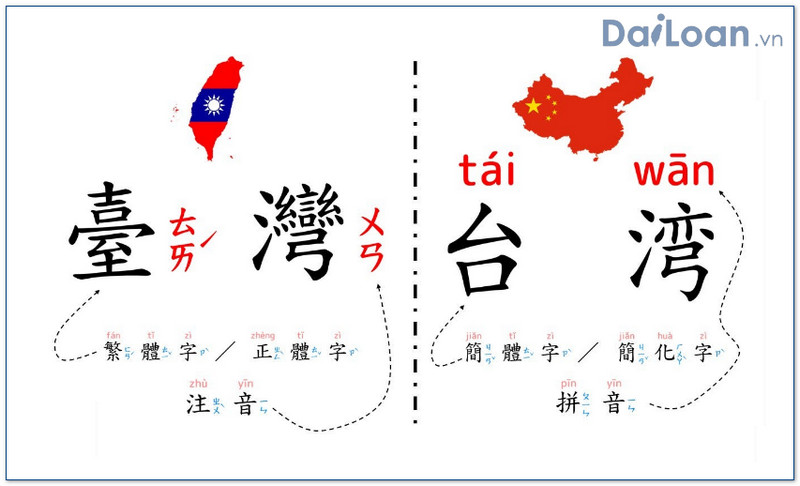The term 隨後 (suí hòu) is commonly used in the Chinese language and plays an essential role in expressing time-related sequences. In this article, we will delve into its meaning, grammatical structure, and provide practical examples to help learners grasp its usage.
is commonly used in the Chinese language and plays an essential role in expressing time-related sequences. In this article, we will delve into its meaning, grammatical structure, and provide practical examples to help learners grasp its usage.
What Does 隨後 (suí hòu) Mean?
隨後 (suí hòu) translates to “afterward” or “subsequently” in English. It denotes a sequence of events, indicating that something happens immediately after a previous event. This temporal marker lends itself well to formal and informal contexts, making it versatile in everyday language.
Contextual Meaning
In various contexts,  隨後 emphasizes the continuity of actions and helps to create a narrative flow. For instance, when telling a story or describing events, using 隨後 helps listeners understand the timeline of events clearly.
隨後 emphasizes the continuity of actions and helps to create a narrative flow. For instance, when telling a story or describing events, using 隨後 helps listeners understand the timeline of events clearly.
Grammatical Structure of 隨後 (suí hòu)
Grammatically, 隨後 functions as an adverbial phrase, which means it typically modifies verbs or adjectives in a sentence. Its placement usually follows the action it describes, thus providing a clear temporal context.
Structure Breakdown
In a typical sentence, 隨後 can be positioned right after the verb, as shown in the following structure:
- Subject + Verb + 隨後 + Event/Action
Example Sentences Using 隨後 (suí hòu)
To illustrate the use of 隨後, here are some example sentences:
Example 1
他完成了作業,隨後就去看電影。
Tā wánchéngle zuòyè, suí hòu jiù qù kàn diànyǐng.
Translation: He finished his homework and then went to watch a movie.
Example 2
會議結束後,隨後將發送通知。
Huìyì jiéshù hòu, suí hòu jiāng fāsòng tōngzhī.
Translation: After the meeting ends, a notification will be sent out subsequently.
Example 3
她遲到了,隨後大家都在等她。
Tā chídào le, suí hòu dàjiā dōu zài děng tā.
Translation: She arrived late, and afterward, everyone was waiting for her.
Conclusion
In conclusion, understanding the term 隨後 (suí hòu) is crucial for anyone learning the Chinese language. Its meaning and grammatical structure allow for clear expression of sequences in conversation and writing. By incorporating it into your vocabulary, you can greatly enhance your fluency and comprehension of Chinese narratives.
As you practice using 隨後 in various sentences, you will find that it becomes a natural part of your speech. Keep these examples in mind as you progress in your journey to learn Chinese.

Sứ mệnh của Chuyên là giúp đỡ và truyền cảm hứng cho các bạn trẻ Việt Nam sang Đài Loan học tập, sinh sống và làm việc. Là cầu nối để lan tỏa giá trị tinh hoa nguồn nhân lực Việt Nam đến với Đài Loan và trên toàn cầu.
CÓ THỂ BẠN QUAN TÂM
Du học Đài Loan
Lao Động Đài Loan
Việc Làm Đài Loan
Đơn Hàng Đài Loan
Visa Đài Loan
Du Lịch Đài Loan
Tiếng Đài Loan
KẾT NỐI VỚI CHUYÊN
Zalo: https://zalo.me/0936126566
Website: www.dailoan.vn




